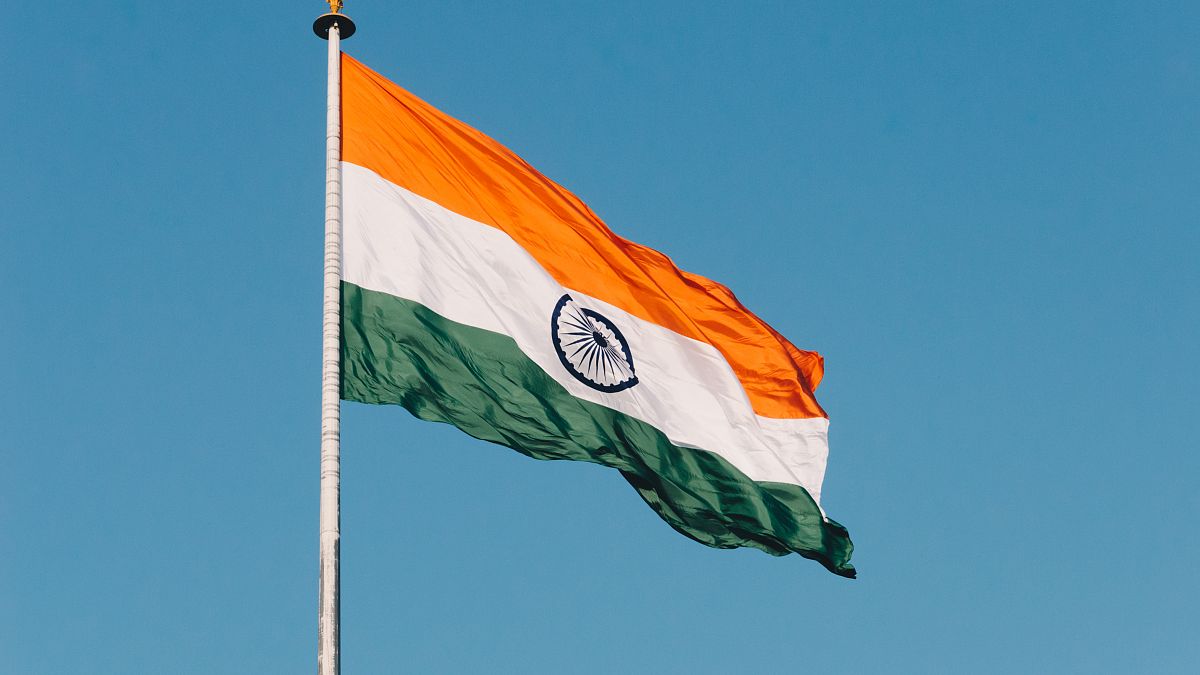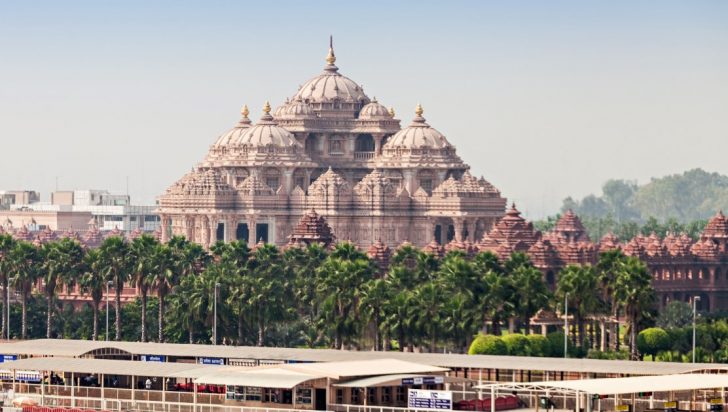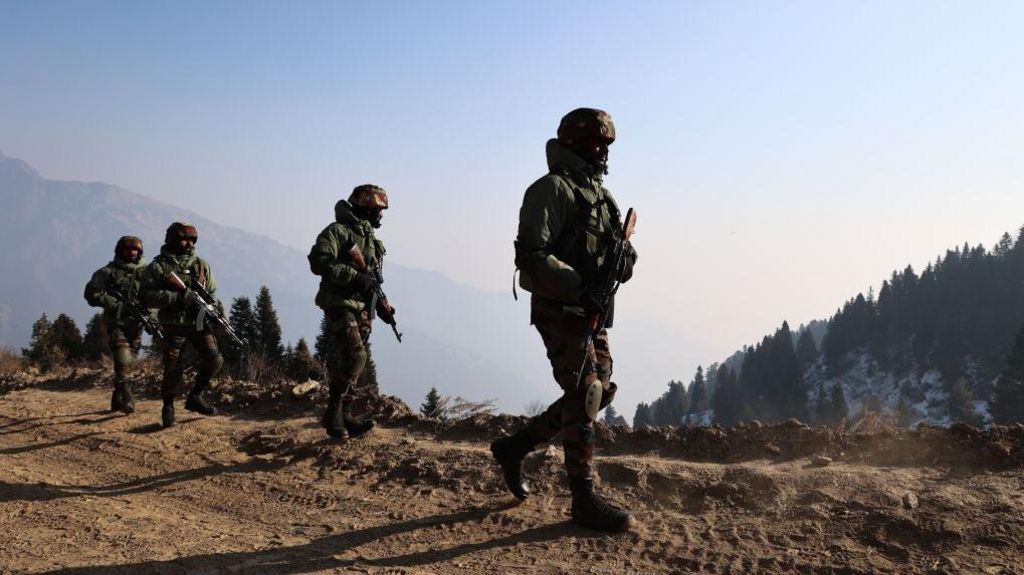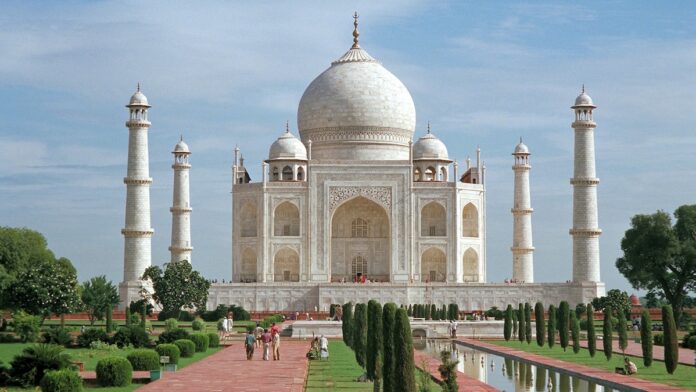India is a country of immense diversity and rich cultural heritage. From the snowy peaks of the Himalayas to the sun-kissed beaches of Goa, India offers a wide range of experiences for travelers.
The country is known for its historical monuments like the Taj Mahal, vibrant festivals, diverse cuisine, and spiritual retreats.
India attracts millions of tourists every year who are eager to explore its unique blend of tradition and modernity.
Statistics and Comparison with Other Countries

India’s safety statistics are varied and can be influenced by regional differences. According to global safety indexes, India ranks moderately in terms of safety, with specific concerns in certain areas.
Comparing these statistics with other popular travel destinations can provide a more balanced perspective.
For instance, while some European countries might rank higher in safety, other popular destinations in South America or Africa might present similar challenges.
Overall Safety for Tourists in Popular Destinations
Popular tourist destinations in India, such as Delhi, Agra, Jaipur, and Goa, are generally safe for tourists.
These areas have robust tourism infrastructure, including reliable transportation, accommodation, and tourist services.
However, like any other destination, travelers need to remain vigilant and take common-sense precautions.
Perceptions vs. Reality

Several misconceptions about safety in India persist, often fueled by sensationalist media reports.
These include exaggerated fears about crime rates, harassment, and health risks. If you want to follow day-to-day news from India, visit https://www.indiaeveryday.com.
While these concerns are not unfounded, they are often blown out of proportion compared to the actual risks faced by most tourists.
Crime Rates
Crime rates in India vary significantly by region. Major cities like Delhi and Mumbai report higher crime rates, but these are often concentrated in specific areas and do not necessarily impact tourists.
Many popular tourist destinations have lower crime rates and a strong presence of law enforcement to ensure visitor safety.
Harassment

Harassment, particularly against women, is a concern in India.
However, many female travelers navigate the country without incident by following safety guidelines, such as dressing modestly and avoiding isolated areas. Awareness and preparedness can significantly reduce the risk of harassment.
Health Risks
Health risks in India include common travel illnesses such as travelers’ diarrhea and mosquito-borne diseases like dengue and malaria.
These can be managed by taking preventive measures such as vaccinations, using insect repellent, and practicing good hygiene.
Regional Safety
Certain regions in India are well-known for their safety and hospitality towards tourists. These include:
- Delhi, Agra, and Jaipur (Golden Triangle): These cities are major tourist hubs with well-established safety protocols.
- Rajasthan: Known for its palaces and forts, Rajasthan is generally safe for tourists.
- Goa: Popular for its beaches and relaxed atmosphere, Goa is considered safe, especially in well-touristed areas.
Regions to Exercise Caution

Some areas require more caution due to political unrest or higher crime rates. These include:
- Bordering Areas with Pakistan and China: These regions can be politically sensitive.
- Jammu & Kashmir (excluding Ladakh): While Ladakh is safe, other parts of Jammu & Kashmir can be unstable.
- Some Northeastern States: Certain areas have ongoing ethnic conflicts.
- Parts of Chhattisgarh, Jharkhand, West Bengal: These regions have reported instances of naxalite (Maoist) insurgency.




